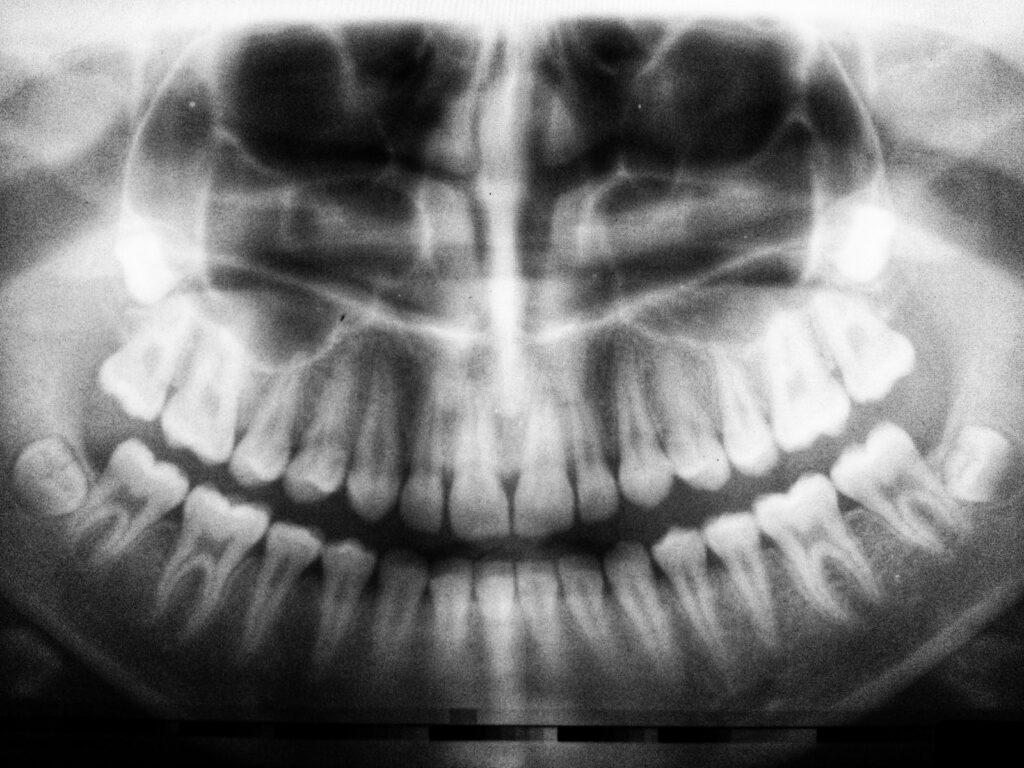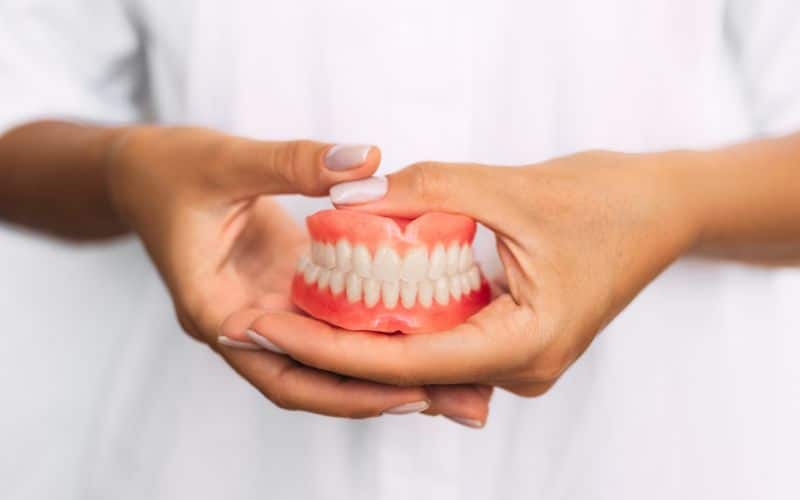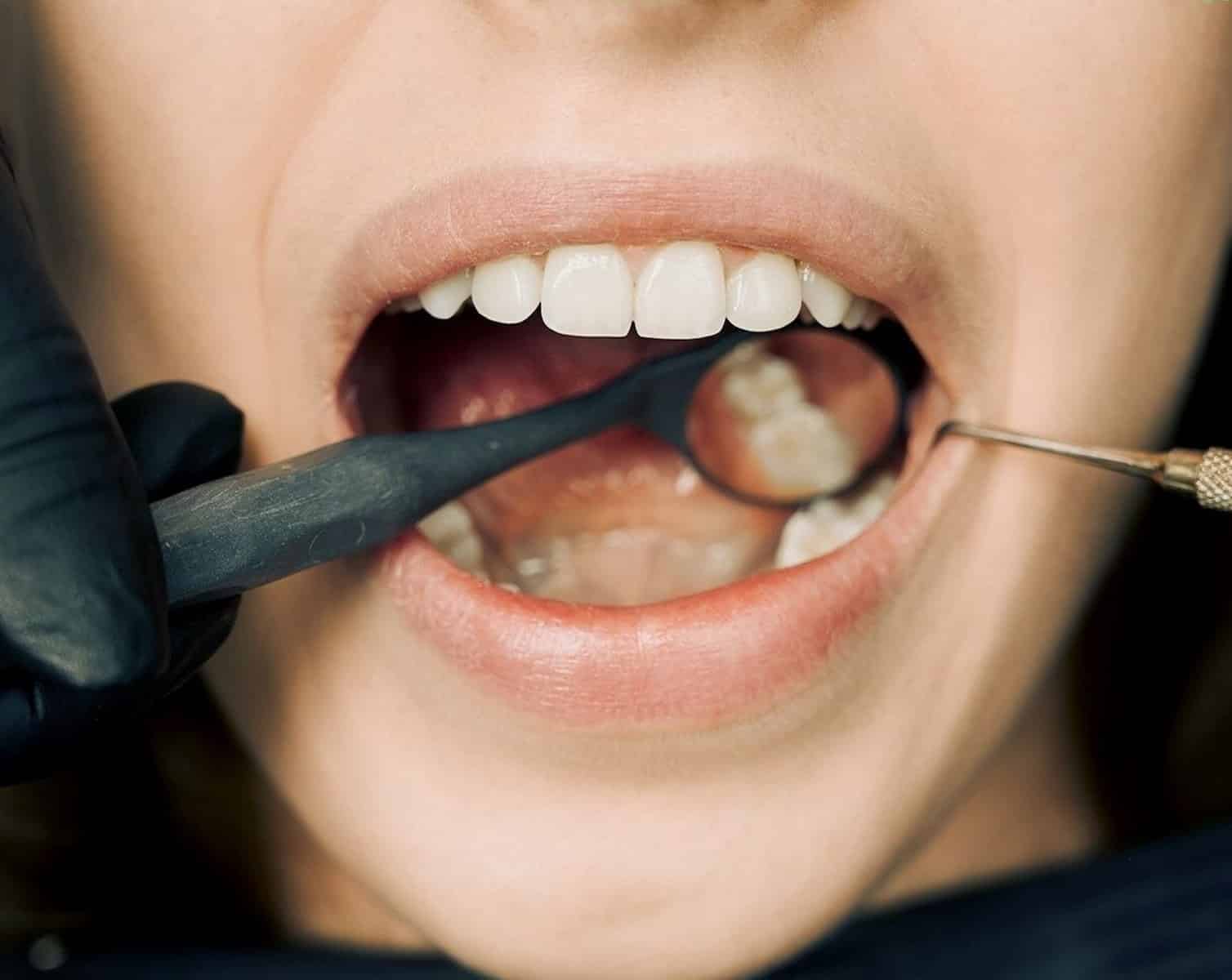What to expect when you need a dental filling restoration
How long have you had your dental fillings? Do you remember what material they are? Because many of us leave fillings in too long. In fact, studies show that 69.8% of people do.* This leaves the tooth open to further decay and more cavities. The answer is dental filling restoration. Read when you might want to consider that and what to expect.
In This Article:
- Dental restoration: what to expect
- The most durable dental filling options
- How do you know if a filling needs restoration?
- What are possible causes for the wear and tear of dental fillings
- Dental filling restoration
Dental restoration: what to expect
A dental restoration is the same as a dental filling. When we restore an existing filling, the procedure is the same. The only difference is that your dentist will take out the original filling.
When you come in for a dental restoration, you can rest assured that it’s a routine procedure to preserve your oral health. It is usually not painful. In our lives, almost every adult has to deal with dental fillings at a certain point.
Here’s what to expect.
1. Anesthesia
The process begins with ensuring your comfort by administering a local anesthetic. Thanks to this, you’ll feel minimal discomfort during the procedure. The area will be numbed, but you are fully awake during the procedure, which usually takes less than an hour.
2. Removal of decayed tooth structure
If we are replacing an existing filling, we take the old one out. Using specialized instruments, we will gently remove the decayed portion of your tooth. Around old fillings, decay often occurs too, studies show.* This step is important as it halts the decay from spreading, preventing further damage. We also use water and sometimes a gel to clean the last part out.
3. Cavity preparation
To create space for the filling, we meticulously prepare the cavity within your tooth. This preparation ensures a secure fit for the new filling, promoting its longevity.
4. Material options for dental filling restorations
When it comes to dental fillings, you have a range of materials to consider, and we will work closely with you to select the most appropriate one, taking into account the extent of the damage as well as your personal preferences.
- Amalgam fillings
Commonly referred to as silver fillings, amalgam fillings are crafted by amalgamating mercury with other metals like silver, tin, and copper. The outcome is a robust and cost-effective filling material. They are often chosen for molars and teeth exposed to significant chewing forces because amalgam fillings are very durable. - Composite fillings
If you’re looking for a natural appearance, composite fillings are a good option. Composed of a blend of plastic resin and finely ground glass particles, these fillings create a tooth-colored material that seamlessly integrates with your natural teeth. They are especially favored for visible areas of the mouth, as they are almost invisible. - Gold fillings.
Gold fillings are less common today. But, they are renowned for their durability and longevity. They are composed of high-quality gold alloy and are biocompatible, making them a good choice if you have metal allergies. - Glass ionomer cement
This filling material is known for its ability to release fluoride over time, aiding in the prevention of further decay. It’s mostly used for small fillings or in areas with minimal chewing pressure. - Porcelain filling
Porcelain fillings, also known as inlays or onlays, provide a natural appearance and great strength. They are custom-made to match the color and shape of your natural teeth, making them a preferred choice for restoring teeth in highly visible areas.
5. Placement and finishing
After selecting the appropriate filling material, we will place your filling. This can be done directly or indirectly.
In direct restorations, we place a soft filling material directly into the prepared tooth and shape it to restore the tooth’s structure. It’s efficient, often done in one visit, and suitable for minor repairs. For fillings, this is most commonly used.
In indirect restorations, we create the actual restoration outside the mouth using dental impressions of the prepared tooth. It’s common for more extensive repairs like crowns, bridges, or veneers. A skilled technician makes the restoration, which is later permanently attached during a separate visit. This method is sometimes used for porcelain or gold fillings.
Both approaches have their merits, with direct restorations being quicker and indirect ones offering more extensive options.
The goal is to ensure an invisible link with your natural tooth structure. Following placement, the filling is sculpted to match your tooth’s shape, ensuring a comfortable fit. A final polish gives it a smooth and natural appearance. Of course, we also review your bite to ensure both comfort and natural functionality, making adjustments as needed.

The most durable dental filling options
When considering the durability of dental filling materials, remember that different materials offer varying levels of longevity. Gold fillings are renowned for their exceptional durability and can last several decades when properly cared for. Porcelain fillings, known as inlays or onlays, also rank high in terms of durability and strength. They provide both natural aesthetics and lasting results.
On the other hand, materials like composite fillings, although aesthetically pleasing, may be more prone to wear and staining over time. While they can still provide long-lasting results, they may require occasional maintenance or replacement, especially in areas subjected to heavy chewing. Glass ionomer cement, often used for smaller fillings or in areas with less chewing pressure, probably needs restoration or replacing at a certain point. Amalgam fillings, known as silver fillings, are durable but may eventually need restoration.
The durability of dental fillings is influenced by factors such as:
- oral hygiene
- diet
- proper care, including diligent brushing, flossing
- regular dental check-ups., and routine dental visits
- smoking
Ultimately, the choice of filling material should be based on individual dental needs, esthetic preferences, and discussions with your dentist. Regular check-ups allow dentists to monitor fillings and recommend necessary maintenance or restoration.
Interesting read: Step-by-Step Dental Filling Procedure
How do you know if a filling needs restoration?
Common broken filling symptoms include the most obvious: you may notice a missing filling in your mouth. While amalgam fillings are easily noticeable, tooth-colored composite fillings can be trickier to spot.
Your tongue can also be an excellent detective. If it senses something unusual, don’t ignore it. Even if the filling appears intact, there might be an underlying issue, such as a partial filling loss or a jagged tooth edge indicating another dental concern.
In case of any of these symptoms, be sure to look into the filling further:
- Increased tooth sensitivity.
If you notice heightened sensitivity in a treated tooth, particularly when exposed to hot or cold temperatures, it can indicate a damaged filling. Fillings act as a shield for sensitive tooth nerves. So, when they’re compromised, you may feel discomfort. - Sudden pain in the filled tooth.
The onset of sudden pain is (always) a strong indicator of a problem. This pain can occur spontaneously or when you’re eating or drinking. - Visible cracks.
If you can see cracks or fissures in the filling, it’s a clear sign of damage. Inspect your fillings every now and then to spot any visible irregularities. Your dentist will visually inspect restorations in checkups. - Change in the way the tooth feels.
Running your tongue over a tooth and feeling a hole, crack, or roughness where the filling is located suggests a problem. A damaged filling causes changes in the texture of the tooth’s surface. - Pain when biting down. If you experience pain or discomfort when biting down, it’s a sign that the filling may be damaged. The pressure applied during biting can exacerbate the problem. This doesn’t have to be during food consumption, the pain can occur when you talk as well.

What are possible causes for the wear and tear of dental fillings
Dental fillings, while durable, can succumb to various factors that lead to wear and tear. Over time, just using our teeth for everyday tasks like biting into hard foods can take a toll. The harder the food, the greater the strain on our dental fillings.
Those who grind their teeth or clench their jaws, a condition known as bruxism, face an even greater risk of broken fillings due to accelerated wear and uneven pressure.
Hidden tooth decay can silently undermine fillings. As the margins of a filling shrink over time, bacteria can sneak underneath, causing recurrent caries and weakening the filling. Trauma or injury to the head, face, or mouth can also lead to a broken filling, even if it doesn’t dislodge immediately.
Furthermore, dental fillings have a shelf life affected by daily activities like eating, drinking, and the passage of time itself. Hard, sticky foods such as chips and hard candies, if consumed regularly, can speed up the deterioration of fillings. Using teeth for purposes other than chewing, like chewing on pen caps, exerts undue pressure on both tooth enamel and existing dental restorations.
Maintaining good oral hygiene and minimizing stressors on dental fillings help to ensure their longevity.
Dental filling restoration
In most cases, your filling will be replaced entirely. This is quite normal, most fillings don’t last a lifetime. The procedure is exactly the same as with a ‘new’ filling. Of course, you can select a new filling material. Maybe your lifestyle changed, or your budget.
We will discuss all options with you.
Just don’t wait too long. Damaged fillings are ideal places for bacteria. Restoring a dental filling is easy. You have already undergone the procedure once before. However, if more damage is done by bacteria, the procedure may be harder. Infections or even an abscess could emerge. It’s much worse than a simple filling restoration!
